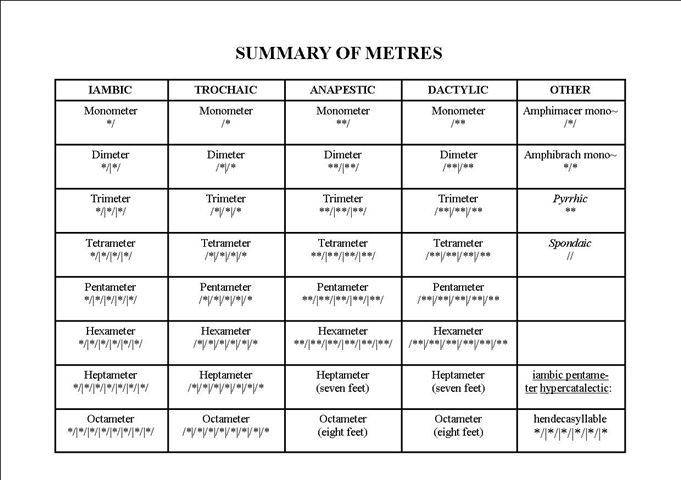

Further to my earlier article, How to Design your own Unique Poetic Form, I would like to introduce my three new sonnet forms.
While composing sonnets for my new book, © Su’s Little Songs 2023, I have researched both the classic forms and the newly invented formats of the sonnet – there are well over a hundred authentic sonnet forms, identified by their 14-line line count and a specified volta, mostly presented as a single stanza, but not rigidly so. Many sonnets either have their basis in the rhyme scheme and structure of the Italian/Petrarchan sonnet, or the English/Shakespearian sonnet. The Italian poet, Francesco Petrarch’s letters in the 1300s to Laura in sonnet form, extolling his love for her, gave rise to the erroneous presumption that sonnets should be only love poems. His sonnets were of unknown metre and a volta (turn) at line 9 (the latter particular requirement having been attributed to him). The rhyme schemes were: abbba abba, cdecde/cdccdc/cdedce. Both these poets favoured the motif about love, often expressing a yearning in eloquent verse, however, William Shakespeare (c.1564–1616), did deviate from this from time to time and he popularised the iambic pentameter with a volta at line 9, and a summarisation in the couplet. The common rhyme scheme of his sonnets is: abab cdcd efef gg. This particur rhyme scheme and format favoured by him was invented by Henry Howard, Earl of Surrey. Shakespeare wrote a total of 154 sonnets and was a master at using metaphor. By the 17th-century, extended metaphor (poetic conceits) were seen as being so farfetched that it inspired Shakespeare to poke fun at it with his Sonnet CXXX (130): ‘My mistress’ eyes are nothing like the sun …’
The following are the other influential sonnet forms that deviated in their rhyme schemes. Tropes, such as motif and themes, also played an important part.
- Spenserian sonnet: Rhyme scheme: abab bcbc cdcd ee. Initially love poems it had evolved to include world affairs and themes of identity, nationality, etc.
- Miltonic sonnet: Rhyme scheme: abba abba cdecde. His sonnets often dealt with political and moral issues thematically, and they used enjambment to tighten the sonnet’s structure.
- Byron’s sonnet: Rhyme scheme: abba acca dede de. His sonnets were versatile, including love poems where he merely touched on the beauty and innocence of the subject, to the more searching Sonnet to Chillon.
- Bowlesian sonnet: Rhyme scheme: abba cddc effe gg. Half of his hugely popular (only 100 copies were initially printed), Fourteen Sonnets (1789), reflected this rhyme scheme. They chiefly extolled nature.
- Clare sonnet: Rhyme scheme: ababb ab cdc deed. His sonnets had pastoral themes.
There are numerous sonnet forms that deviated from the basic sonnet format, for example, the Caudate Sonnet, first attributed to the Italian poet, Francesco Berni (1497/8–1535); the Troisième Sonnet used by the French poet, Emmanuel Signoret (1872–1900); the Terza Rima Sonnet employed by Percy Bysshe Shelley (1792–1822) in Ode to the West Wind, and by Robert Frost (1874–1963) in Acquainted With the Night; etc.
The following are my designed sonnet forms (alphabetical) over and above the Suzette Sonnet and the Florilegium (please see my earlier blogs regarding these two sonnet forms).
© XAXA Sonnet (16 November 2020)
The rhyme scheme inspired the name XAXA. It also means Ha Ha (laughing) in Russian.
It is a 14-line sonnet in iambic pentameter or decasyllabic, arranged in the Standard English sonnet format of three quatrains, followed by a Heroic couplet. A volta is optional, but the couplet should summarise the message/meaning of the poem.
The rhyme scheme: xaxa xaxa xaxa aa.
My example: AN EVANESCENT LIFE
© YCLEPT SONNET (25 January 2023)
A two stanzaic sonnet (an octave and a sestet). Rhyme scheme: abab cdcd, eeffgg. The volta is at line 9. This sonnet is hendecasyllabic throughout.
I based my sonnet form on the basic Rispetto Lyric: Rispetto (Italian, meaning respect) was a popular Tuscan folk verse form from the 14th- and 15th-centuries. It is generally composed in iambic tetrameter (8 syllables) or in eight hendecasyllabic (11 syllable) lines, divided into two equal length stanzas separated by white space. Its rhyme scheme is abab, ccdd.
The YCLEPT SONNET comprises of an additional Sicilian quatrain: ‘cdcd’, and extending the rhyming couplets with one more: ‘gg’. Instead of the volta/turn, the couplets may each define a pivot—then these couplets should be set apart by white space.
ABOUT THE NAME: yclept (archaic) (adj): by the name of ...
My example: I DANCE WITH SHADOWS
© ZETTIE’S SONNET (17 November 2022)
Inspired by the TROISIÈME, but the name Troisième sonnet has already been taken by the French poet, Emmanuel Signoret (1872–1900). Whereas the Troisième is unrhymed, the Zettie’s Sonnet is a 14-line rhymed sonnet written in FOUR tercets, followed by a rhymed couplet. The content is broken up into FIVE parts:
- An introduction in the 1st tercet;
- an expansion in the 2nd tercet;
- a parallel in the 3rd tercet;
- a contrast in the 4th tercet;
- and a summary or conclusion in the rhyming couplet.
Syllabic: L1–L12 are 9 syllables each, and L13 & L14 are 11 syllables each. The metre is not specified, but a regular uniform metre is recommended.
Rhyme scheme: The tercets are aba cdc efe ghg, with Leonine rhyme in the 2nd lines of the tercets. Any rhyme scheme for the COUPLET, for example: ii/hh/ab, etc.
My example: DARE TO TAKE A STAND
All rights reserved.
The moral rights of the author have been asserted.
Copyright © Su’s Little Songs, Suzette Richards 2023
ISBN 978-0-6397-6557-0